Much of the ancient history we are familiar with is about Egyptian pharaohs, Greek heroes or Roman emperors. But the ancient world saw all manner of mighty civilizations rise and fall. Their rulers, who may not have made it into modern popular knowledge, nonetheless forged powerful empires which thrived for centuries.
Often, these ancient monarchies benefited from their resource-abundant corners of the world. They resisted and survived through foreign invasions and they paraded with the mightiest in the world. Here are six of them that your history teacher probably never got to mention in class.
The lost Chimú culture
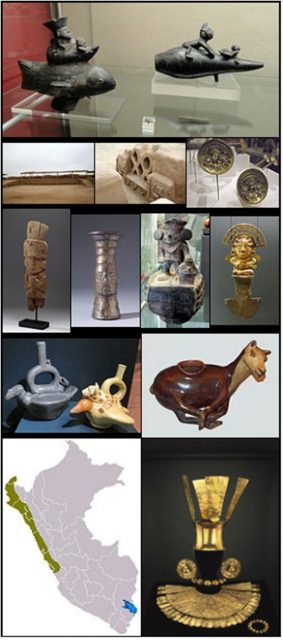
According to myth, Chimú was founded by Taycanamo, the king who came from the seas where he was born out of a golden egg.
Chimú charted its borders in what is nowadays north Peru. The kingdom, also known as Chimor, made the second most powerful empire chronicled in the ancient Andes. It thrived for several centuries before the rise of the Incas.
Its capital Chan Chan, perhaps the biggest city on the South American continental plateau at the time, controlled a far-flung trade network.
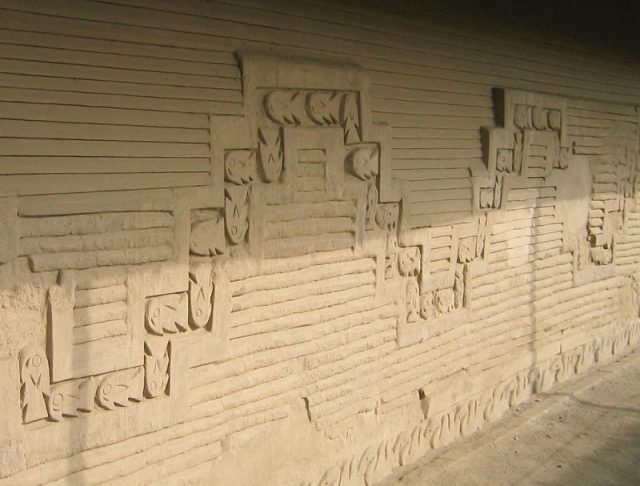
Its arts and culture were powered by thousands of artists and crafts makers who lived within the city’s boundaries. With its marvelous architecture, Chan Chan would have stunned any visitor.
When the Inca began their dominion in the region they plundered the palaces of Chan Chan and backed rebellious groups.
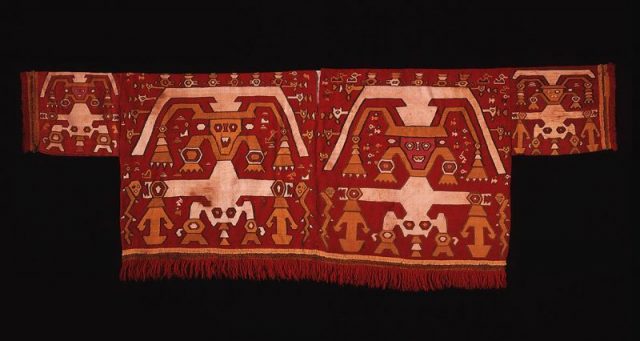
The glorious Chimú culture was finished by the end of the 15th century, though its artifacts and architectural styles now survived in Cusco, the new power center of South America and soon the capital of the largest empire in pre-Columbian America.
The Gandhara Civilization
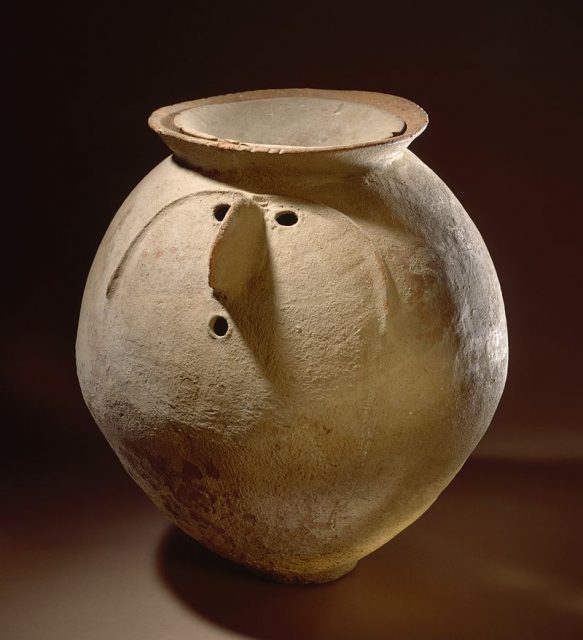
The lost kingdom of Gandhara was nestled in the mountains of what is today Pakistan and Afghanistan.
Some translate the name of this kingdom to the “Land of Lakes” as geographically it spanned a region abundant with water, between the Kabul and Indus rivers. Others translate it to the “Land of Fragrance.”
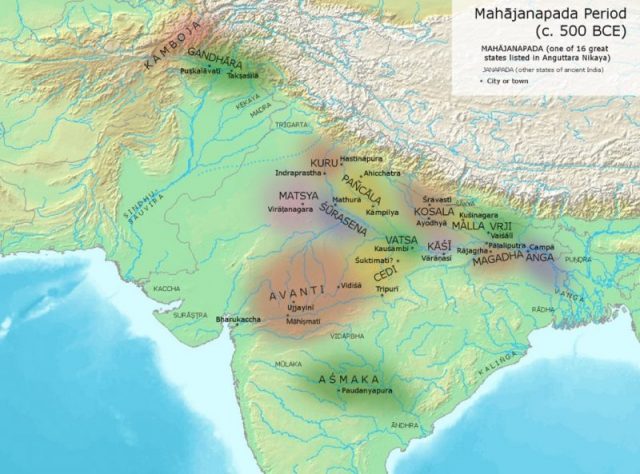
An intriguing trait about Gandhara was that it became a fusion point of East and West. One influence was Buddhism which was one of the major accepted religions; another, the conquest of Alexander the Great, whose grip of power did not leave the Gandhara untouched. Both influences can be felt in the art the Gandhara culture left in its heritage.
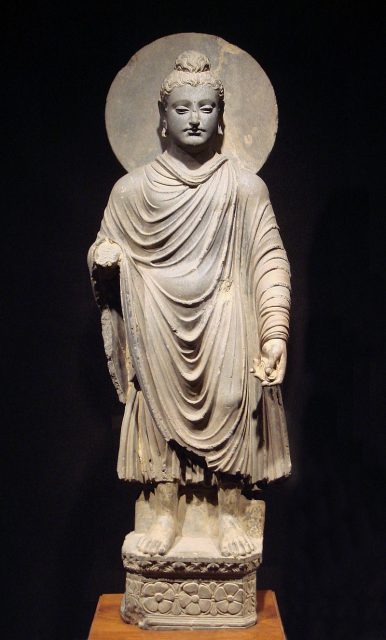
Gandhara was founded sometime around 1500 BC and lasted until around 530 AD. The kingdom famously gets a mention in the ancient Indian epics of Ramayana and Mahabharata.
Khotan, the capital of Yutian
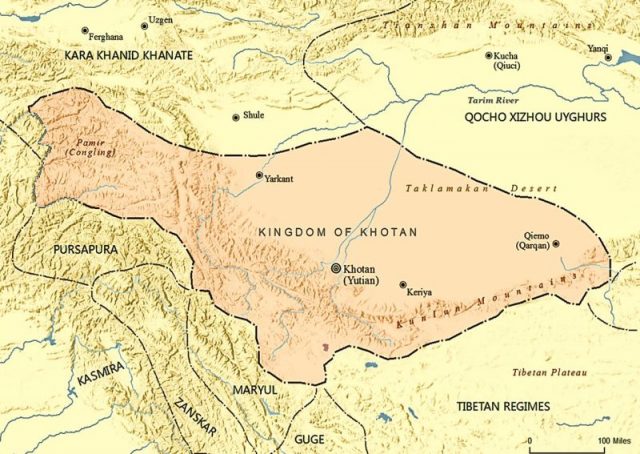
Khotan, also written as Hotian or Hetian, was vibrant center on the historic Silk Road which interlinked Europe and Asia for many centuries in the past. The city was found in what is nowadays China’s westernmost province of Xinjiang.
Khotan became the capital city of the ancient kingdom Yutian, one of several mighty, autonomous states that administered trade and travel in this part of Asia for at least a millennia, and before the kingdom’s fall in 1006 to an invading Turkic dynasty.
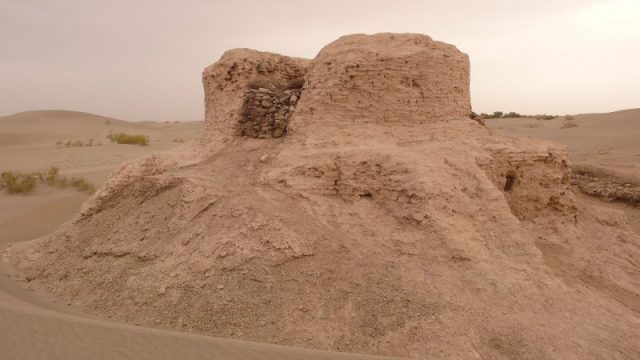
It is not entirely clear how the tradition of silk production was introduced to Khotan and the region, but according to one legend, the knowledge was acquired thanks to a bride brought from China. The Khotan ruler who married the Chinese bride persuaded her to bring mulberry silkworms from her home.
By the 6th century, Khotan symbolized an exciting and thriving silk production center of ancient Asia. The memory of Khotan survives in the remnants of Buddhist shrines found in the region’s Taklamakan Desert, readily evoking memories of once glorious days.
Colchis, a kingdom remembered in myths
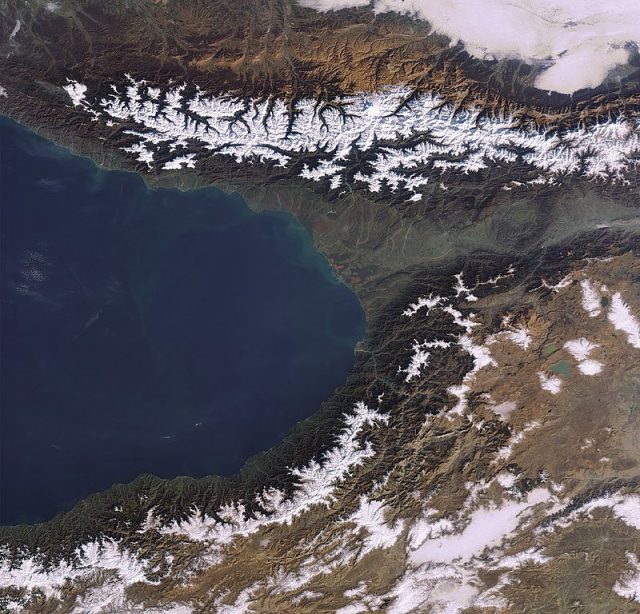
The affluent kingdom of Colchis famously appears across several episodes of Greek mythology. It features in the stories where Prometheus was chained in the mountains as his punishment for trying to steal from the Gods, and where Jason went seeking the Golden Fleece.
Beyond mythology, Colchis was a thriving ancient kingdom that lurked on the east of the Black Sea and its existence ultimately led to the formation of the country of Georgia.
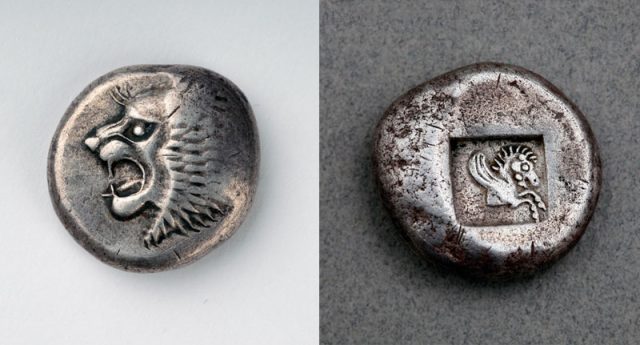
The Colchians farmed lush and arable lands. They were also dedicated to sea trade and metal casting which is how they made fortune.
Of course, this made the kingdom a target for numerous opponents, which besides the Greeks included also the Persians and the Romans, who even changed the name of the kingdom to Lazicum.
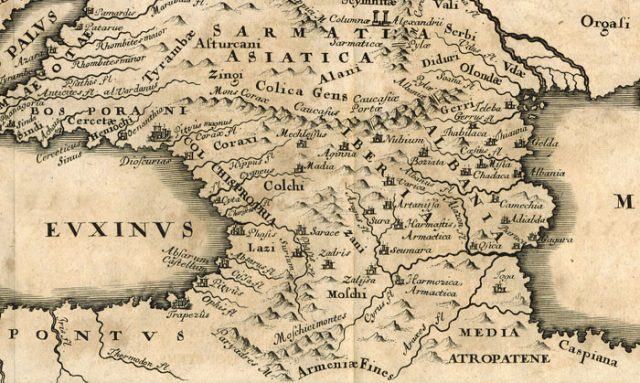
Regardless who came to control the lands of the Colchians, they always revolted against the oppressor, even though when they knew their success will be little.
Over the centuries different religions proliferated in Colchia, including Zoroastrianism and Christianity.
The forgotten kingdom of Aksum
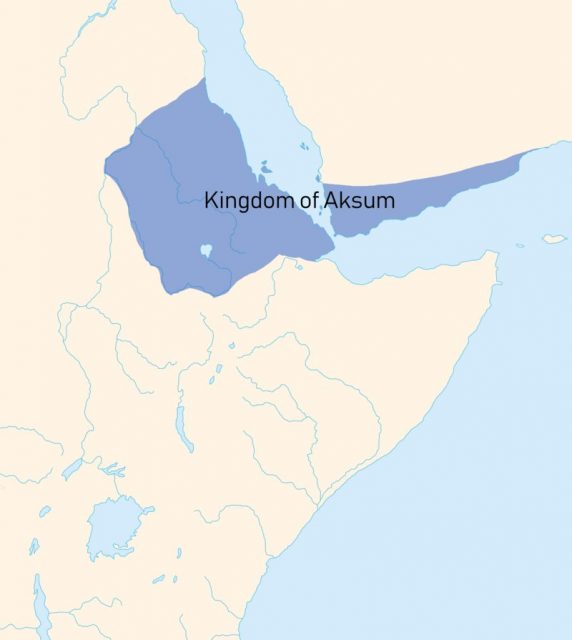
An array of Biblical myths and legends are associated with the kingdom of Aksum (also Axum). Some say it is where Queen of Sheba once lived, others that this was the home of Prester John, beloved figure of Middle Age Europe.
Aksum is also cited as one of the few possible locations where the Ark of the Covenant was last seen.
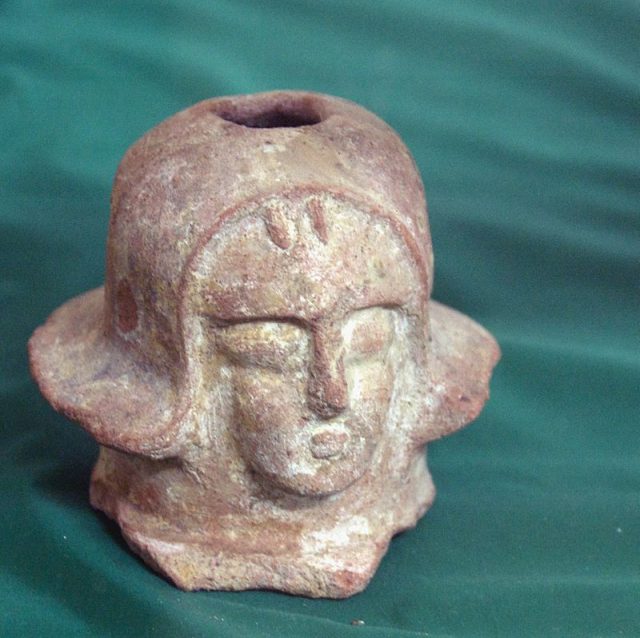
The ancient kingdom of Aksum stretched out to the Nile River and the Red Sea, and occupied territories today belonging to Ethiopia and Eritrea. At its greatest, the kingdom also occupied a portion of the neighboring Arabian peninsula.
Aksum was a powerful trading kingdom between the 1st and 8th centuries. It linked the great Roman Empire with the Indian subcontinent. Alongside empires such as Rome and China, by the 3rd century, Aksum would have counted among the greatest kingdoms in the then-known world.
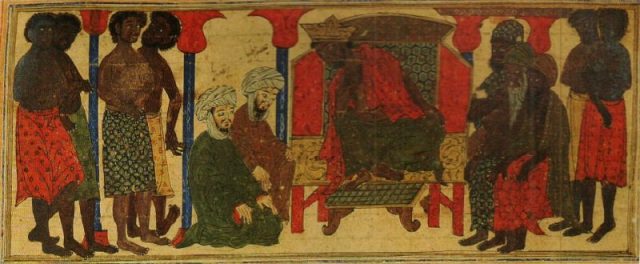
The rulers of Aksum followed suit with Rome and accepted Christianity as their main religion. Another wind of change came with the spread of Islam in the region, at about the time Aksum began to lose its power.
Today the home of 50,000 people, the city of Axum situated in the north of Ethiopia counts among the oldest continually inhabited African cities.
The Kingdom of Kandy
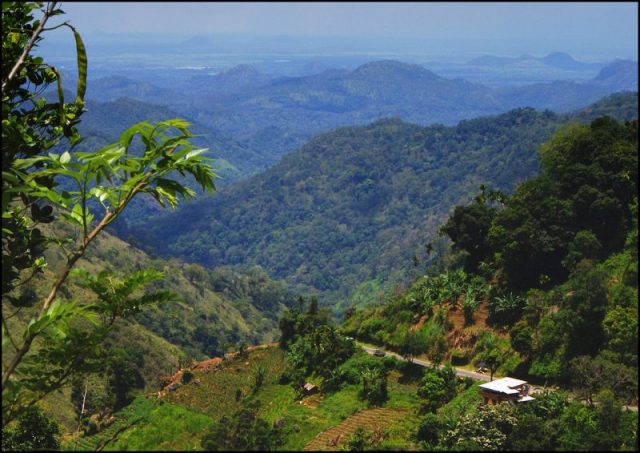
The kingdom of Kandy rose to power during the 15th century on the island of Sri Lanka. While neighboring kingdoms all surrendered to the colonial powers who strengthened their presence in the region, the Kandyans evaded such a scenario for as long as possible.
For a century and a half, the Kandyans rejected the Portuguese who barbarically destroyed parts of their city, but never managed to take significant hold. On the Kandyans side were local knowledge of the jungles and malaria, great obstacles to the uninvited visitors.
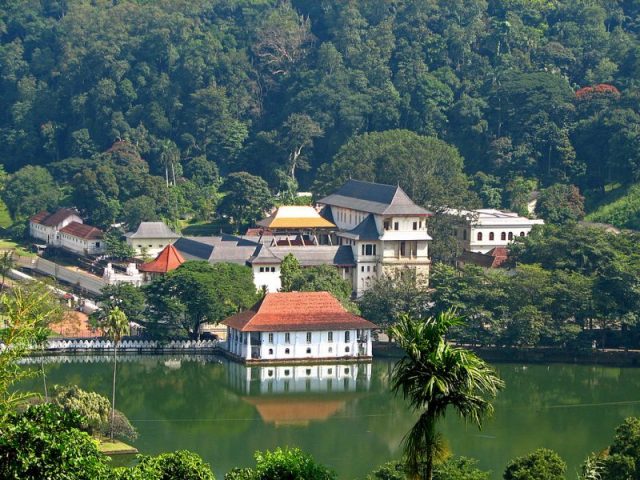
Photo by McKay Savage CC BY 2.0
It wasn’t until the early 19th century when the British took advantage of domestic turmoil in Kandy that the kingdom ultimately faced its end. An agreement was reached in 1815 that ousted a Kandyan tyrant king from the throne.
This is when the kingdom lost its sovereignty but the agreement also allowed Kandyan chiefs to keep many of their privileges.
Read another story from us: Ancient Hidden City Discovered Under Lake Titicaca
Two years later they attempted to renege on the agreement and tried to oust the British, but it was to already too late.
